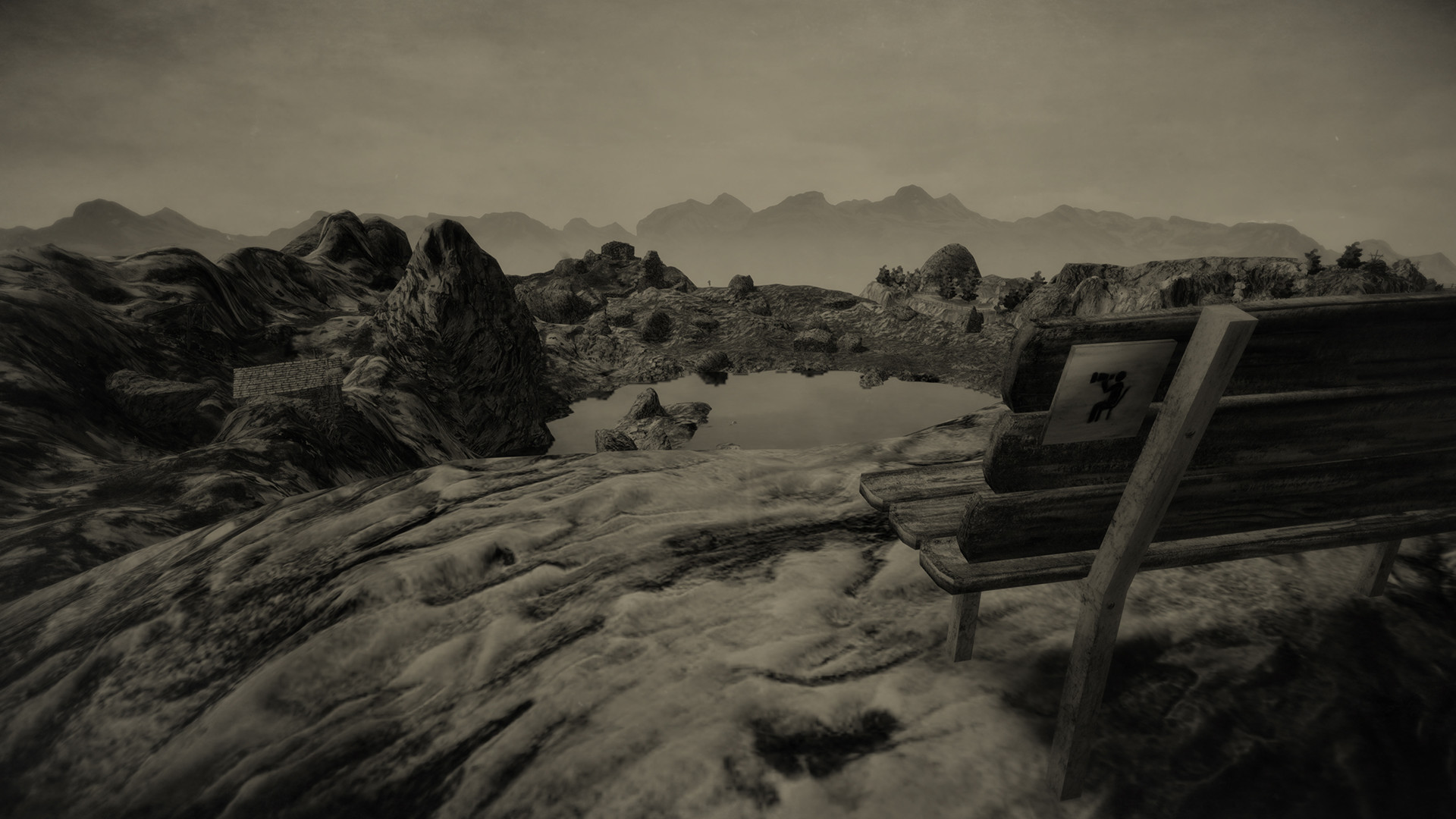A home is not an empty house; even the most neat space still has stuff in it. In Dnd, the problem is how to describe a space without tripping up your players, while maintaining the atmosphere you want.
Where is this place going to be? Will you build the building around the location? Will you develop the building based on its occupant? Both?
Think about what people would need to live in your chosen location. For example: A Cult that lives below ground; where do they get their food? What do they do for entertainment? What do they find important in their cult, and what kind of space does that occupy? In that case, you could add in pantries, game rooms, a few sacrificial alters in front of a statue with it’s own room, a space for priests in the cult, a space for digging tools, an area for certain building or support materials, and some sort of path to remove dirt that’s been freshly dug.
Even with just this, there’s already a map being developed.
To build a place around its occupants can be more complex than just location-based design. For example, If you have archers in your castle, you’d want the tall, thin windows and battlements that will protect them; however, non-European cultures tend to use mounted archers (those on horses) more often, so the buildings in those areas don’t account for defense-based archery.
More simply, you can examine the origin and design of your boss, and what pieces of architecture would accentuate those traits. an Eldritch beast would call for a dark and imposing building, with heavy materials, the tall ceilings oozing with foreboding shadows, and stained glass windows alluding to something far beyond the Players’ knowledge. There is also a need to consider the atmosphere you’re trying to create, and creating a moodboard (a selection of images associated with what emotions you want to convey) can help.
For the individual rooms, you can search up a list of items created in the era you wish (for more historically-inspired pieces), or a list of items found in books or media for the location (for sci-fi or high fantasy). You can also review your list of occupants and wonder about what they might need for daily life, and then scatter about these items.
To spice up the interior, you can add in Furniture! Use words that can describe the atmosphere or boss as well. The furniture a person has can tell you something about them. A “bone-thin chair with a black metal back” has a much different vibe than a “warm, plush couch, made of quilted velvet”. A visible lack of furniture can set up an atmosphere of barrenness, or even when placed in context, an air of suspiciousness. Furniture can be minimalistic, decorated, homely, and can help set up your atmosphere as well as any sounds made by a you-tube playlist.
The materials used in the room can also give it flavor. Describing types of stone using their textures or appearances, or using the wallpaper to its maximum effect. Add in color-meanings or flower symbology to tell the story of the place or its inhabitants. How well-maintained are the rooms? Do people care about the place they’re in?
You can also Give clues about your Boss in main rooms. Shed skin for scaly beasts, the odd hair or piece of fur, or even a closet with the Boss’ preferred outfits. Does your Boss have a particular diet, or habits that are unique to their species or situation?
All of the above can be used to world-build in a way can be as subtle (or dramatic) as you’d like!
Have fun designing!







